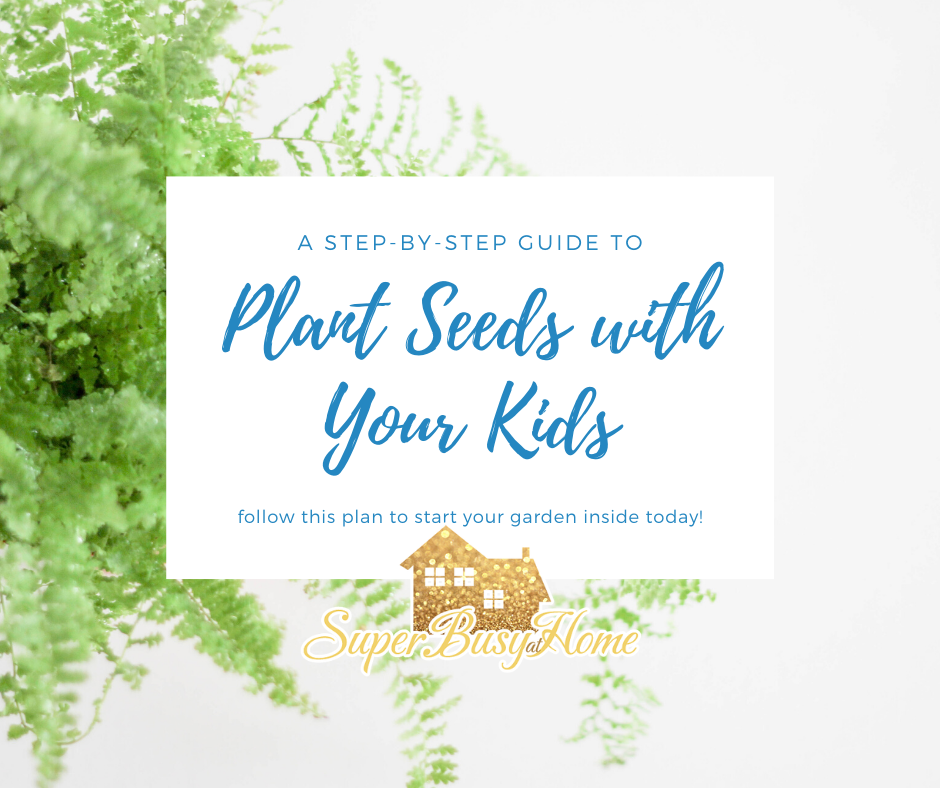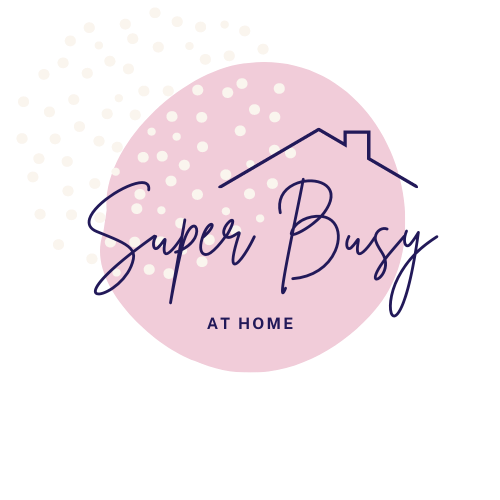Easy Step-By-Step Guide to Plant Seeds with Kids
I love gardening. The past few years I was unable to start seeds because our schedule was so crazy.
This year though I left a job to have more time with children and then the quarantine began. I feel so blessed to have the time afforded me this year to plant seeds and get them started and be able to watch the entire growing process with our children.
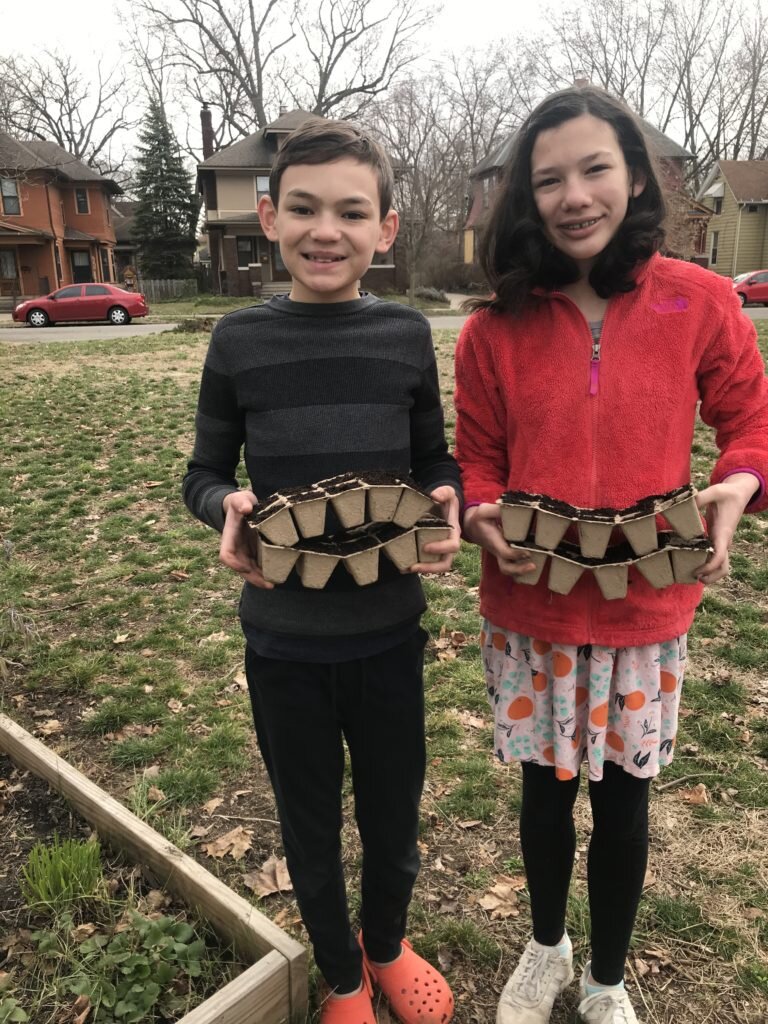
You can read about some budget gardening finds I found here.
I'll also link as I go so you know exactly what products we used as we started our garden.
Starter Pots
These are the closest thing I could find online to what we bought. I bought my trays last year on clearance, way after the gardening season ended from a local hardware store down by our lake house. They look exactly like these except ours did not come with the stakes for identification (that would have been nice though).
The best way to do this would be to write on each stake what you are going to plant (or let your kids do it) and then when you put the soil in to the cups you can stick the markers back in to show your kids what to plant where.
Our son, Cal, before has started to just stick seeds in random cups so you want to make sure to supervise (and explain what to do unlike us...parenting fail!). That way everyone is on the same page about what is planted where.
If yours do not come with the stakes there are lots of things you can do. We wrote with permanent marker what was in the cups and marked off where they began and ended in the trays. You could also assign each plant a color and color around each hole to identify what is in that cup (with younger children this is especially fun to teach them how to read a key and what that means).
Baking Sheets
We put our planter trays on a cookie sheet and leave them on there until they are ready to plant. I find it helps to keep all of the soil spills and water contained. It makes it an easier situation with kids. Also, the trays sometimes get really flimsy so the trays are a good way to keep them nice and sturdy when moving them around.
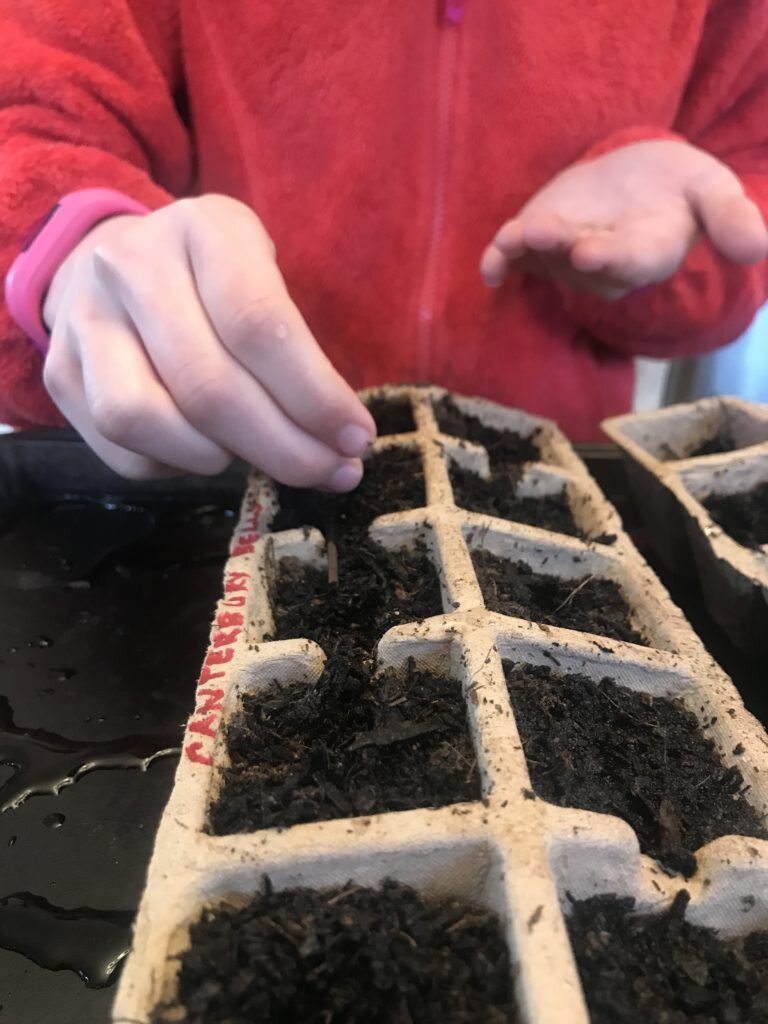
Soil
We bought a large bag of organic soil. We put most of it into our raised planter bed. The rest we put into our trays. We did this outside at the same time that we emptied the bag into our garden and spread it around.
Before we started sowing seeds we made sure to wet the soil. You don't want a muddy, soppy mess but you also want to make sure the soil is moist and ready to take seeds.
Seeds
I buy organic seeds when available but to each his own. I like the Burpee Seed packets because they grow great and their package is very user friendly to kids.
It is nice for kids to read the back of the seed packet and actually be able to decipher the planting instructions. I think this is especially important because we want to make planting and gardening fun for kids, not something that is so complicated it makes them not want to do it.
Once you know what you want to plant and how many plants you want of each seed, you make one pot for each plant you want.
Most seeds vary between 1/2"-1/4" depth that you plant (or sow) them. Want to know what we use to measure out the depth...it's a really complicated piece of equipment...
A pencil. If it is a 1/2 inch I tell them to put it in the soil, eraser side, up to the top of the metal rim. If 1/4 edge I tell them to just put the eraser in. Easy peasy. You can mark this off on the pencil if you want to be more exact but I find it does the job.
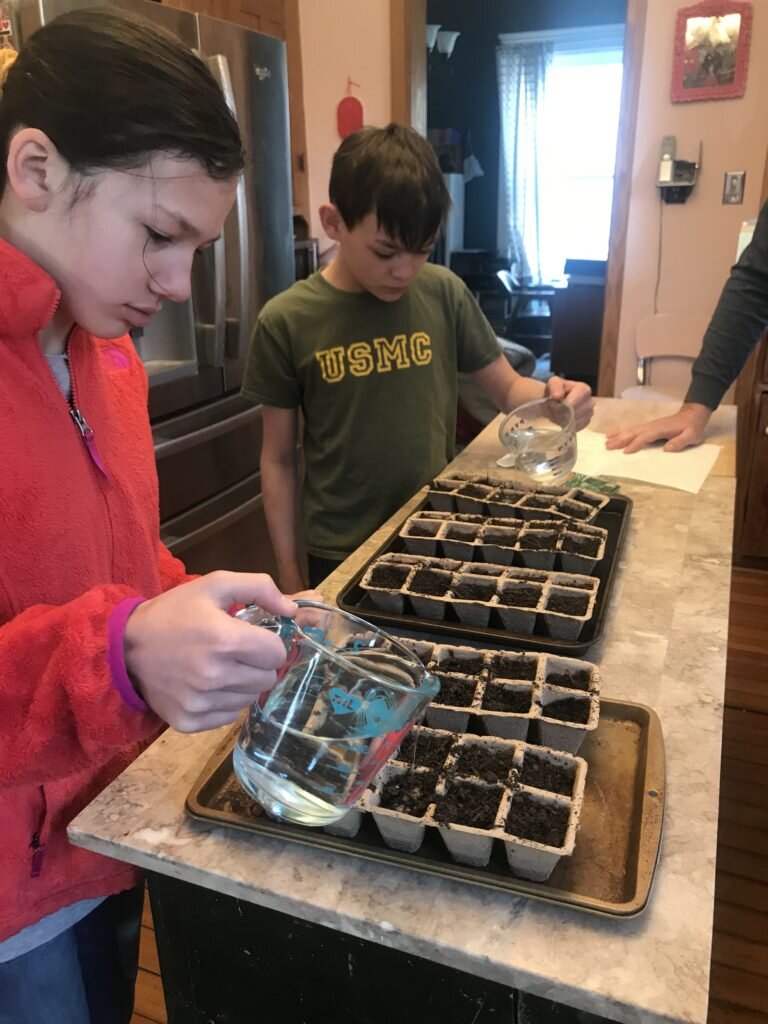
We poke the holes into all of the holes we are ready to plant in (for example, 10 cucumber seeds). Poke 10 holes then go back and put a seed in each. We then cover the seeds with the dirt (put them to sleep) and then water them gently again. You want to give them a moist environment to soften up and start growing but not sopping wet and soupy.
Sun
From there you want to find a nice sunny spot they can catch some rays from inside. On warm days you can take the planters outside to get some fresh air and sunshine but remember these are baby plants and they like to stay warm. Make sure they are watered and aren't getting too dry. I have found in previous years that if you keep them super soaked they have a tendency to rot in the soil so just a bit of water.
After you've planted them you can keep track of when they should begin to grow (on the back of the seed packet they call it germinate) and then you can have an estimated time of when you'll see little plants forming.
I know with our peas this year they were supposed to be growing 5 days after we planted them and it took them over 2 weeks so if it doesn't happen right on schedule, don't loose heart.
There is something so amazing about watching that teeny tiny seed you put in the ground, cover with dirt, and feed with water and sun, come up as a gorgeous plant that can feed you and your family.
